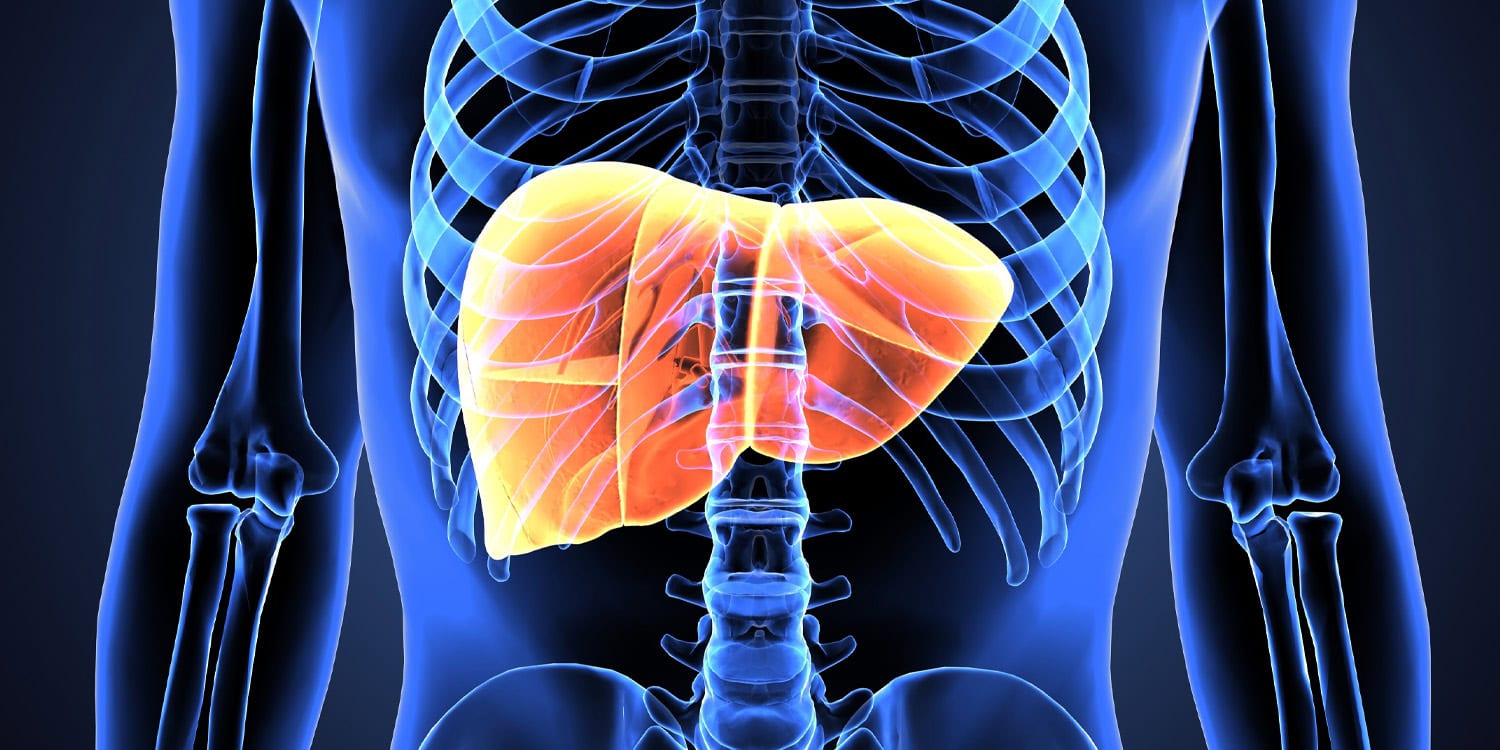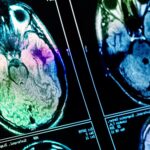A recent study published in the journal Alcohol suggests that a liver hormone, fibroblast growth factor 21 (FGF21), may play a significant role in alcohol use disorder (AUD). The researchers found that after alcohol consumption, individuals diagnosed with AUD showed a greater increase in FGF21 levels compared to healthy individuals with no family history of AUD. This finding could point to FGF21 being involved in the body’s response to alcohol and its role in the development of AUD, potentially leading to new approaches for treatment.
Alcohol use disorder is a condition that affects millions of people worldwide. Despite a growing understanding of the social and genetic factors involved, scientists still do not fully understand the biological mechanisms that contribute to the development of AUD.
One area of interest in recent years has been the hormone FGF21, which is produced by the liver and has been shown to increase significantly in the bloodstream after alcohol consumption. Previous research in animals suggested that FGF21 might reduce alcohol intake, raising the possibility that it could play a role in regulating how much people drink.
“AUD affects 5% of the global population. Despite its high prevalence, the pathophysiology of AUD remains unknown,” said study author Amalie Rasmussen Lanng of the Center for Clinical Metabolic Research at Gentofte Hospital and the Department for Clinical Pharmacology at Bispebjerg Hospital.
“Fibroblast growth factor 21 (FGF21) has been implicated by recent genome-wide association studies as a regulator of alcohol consumption. Therefore, we hypothesized that it plays a key role in regulating alcohol intake in humans, maybe in a classic negative feedback loop.”
To explore the relationship between FGF21 and alcohol use disorder, the researchers recruited three groups of male participants: 15 individuals diagnosed with AUD, 15 healthy individuals without AUD but with a father who had AUD (referred to as the predisposed group), and 15 healthy individuals with no family history of AUD (the control group). All participants were between 20 and 65 years old, and none had other medical conditions like liver disease or diabetes that could affect the results.
On the day of the study, the participants arrived after an overnight fast and were given a specific amount of alcohol based on their body weight. This controlled amount was consumed over a 10-minute period. Blood samples were collected before the alcohol intake and then every hour for 10 hours afterward. These samples were used to measure FGF21 levels in the bloodstream, as well as blood alcohol levels. Additionally, the participants completed a series of questions about their desire to drink alcohol throughout the testing period.
The researchers also ensured that conditions were controlled during the study. For example, all participants ate a standardized meal three hours after consuming alcohol to prevent any effects from differing nutritional intake.
The results showed that alcohol consumption caused an increase in FGF21 levels in all three groups, confirming earlier studies that this hormone rises in response to alcohol intake. However, individuals diagnosed with AUD had a significantly higher spike in FGF21 levels compared to the control group. The predisposed group, while showing elevated FGF21 levels, did not experience as dramatic a rise as the AUD group, but their levels were still higher than the control group’s.
“In our study, people with AUD had higher FGF21 blood concentrations after alcohol intake compared with healthy people, maybe because people with AUD have FGF21-resistance,” Lanng told PsyPost.
The researchers also found differences in the participants’ desire to drink alcohol. Those in the AUD group reported a higher baseline desire for alcohol before consuming it and continued to express a strong desire throughout the testing period. Interestingly, participants in the predisposed group experienced a stronger urge to drink alcohol shortly after consumption compared to the control group, suggesting that a genetic predisposition to AUD might affect how the body responds to alcohol.
“People genetically predisposed to AUD had a strong desire for alcohol just after alcohol intake, not significantly different from people with AUD but significantly different from the healthy control group,” Lanng said. “This illustrates one of the likely reasons for the higher risk of AUD in people genetically predisposed to AUD.”
Despite these differences, the concentration of alcohol in the bloodstream was similar across all three groups. This indicates that the differences in FGF21 levels and alcohol preference were not due to variations in how the participants metabolized alcohol.
While these findings shed light on the possible role of FGF21 in alcohol use disorder, the study has some limitations. First, the sample size was relatively small, with only 45 participants. This limits the strength of the conclusions that can be drawn, and larger studies will be necessary to confirm the findings. Additionally, the study only included men, which limits its applicability to women. The researchers acknowledged this as a limitation but explained that their goal was to keep the study group as homogeneous as possible to increase the reliability of the results.
This study opens several avenues for future research. One area of interest is whether FGF21 plays a direct role in controlling alcohol intake in humans, as suggested by animal studies. Understanding this could help researchers determine if FGF21 could be a target for new treatments for alcohol use disorder. For example, if FGF21 can reduce the desire to drink alcohol, medications that boost its production or enhance its effects could be developed to help individuals reduce their alcohol consumption.
Another important question is why individuals with alcohol use disorder show such a strong response in FGF21 levels after drinking. The researchers speculate that this could be due to a form of “resistance” to FGF21, meaning that the hormone is less effective at reducing the desire to drink in people with AUD, leading to increased production of the hormone. Further studies could investigate this possibility by exploring how the body’s sensitivity to FGF21 changes in individuals with AUD.
“The long-term goal is to gain a detailed understanding of AUD pathophysiology, which will hopefully lead to better treatment opportunities for people with AUD, which could be FGF21-based/analogs,” Lanng said.
The study, “Alcohol-induced fibroblast growth factor 21 secretion is increased in individuals with alcohol use disorder,” was authored by Amalie R. Lanng, Lærke S. Gasbjerg, Andrea I.F. Sucksdorff, Jens S. Svenningsen, Tina Vilsbøll, Matthew P. Gillum, and Filip K. Knop.




